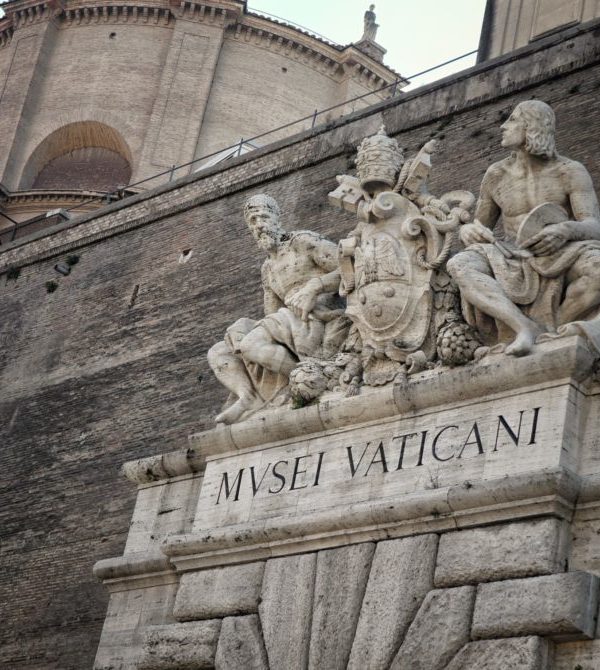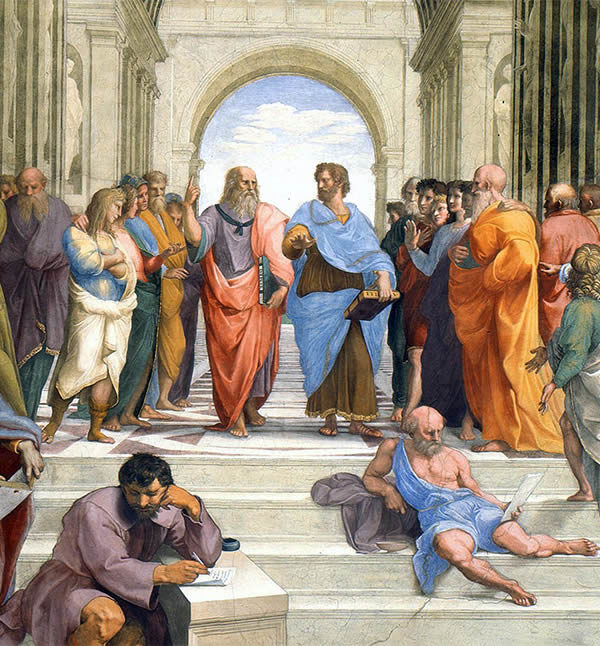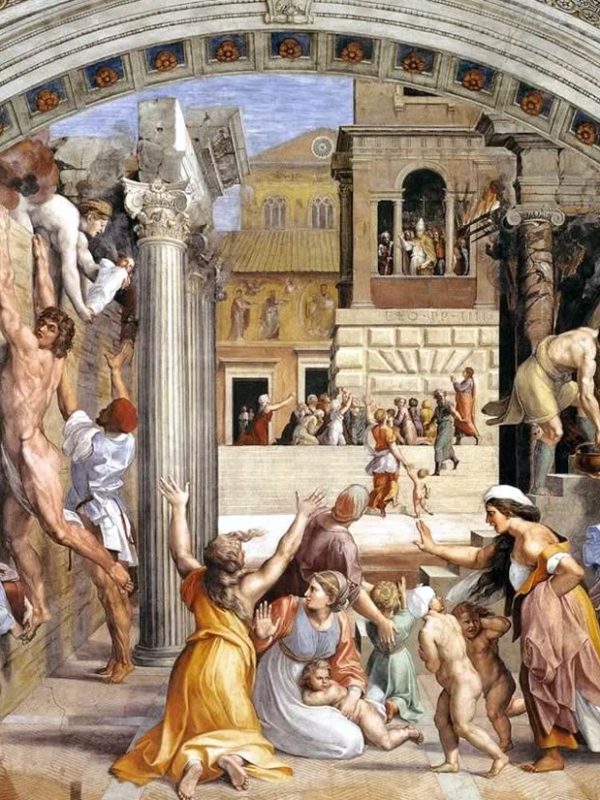The Gardens have been the place of rest and meditation for the Roman Pontiff since 1279, when Pope Nicholas III (Giovanni Gaetano Orsini, 1277-1280) brought the papal residence from the Lateran back to the Vatican.
Inside the new walls, which he built to defend his residence, the Pope had an orchard (pomerium), a lawn (pratellum) and a real garden (viridarium) planted, as can also be seen from the stone inscription now preserved in the Sala dei Capitani at the Palazzo dei Conservatori in Campidoglio.
This first nucleus was built near the hill of Sant’Egidio, where today the Palazzetto del Belvedere and the courtyards of the Vatican Museums are located. The area from which the visit to the Vatican Gardens begins today is instead in the most recent part of the State, on which the new large Gardens were built which, together with those of the original nucleus, cover about half of the 44 hectares on which it extends the Vatican.
Walking through the wonders of the Vatican Gardens
Walking through the Vatican Gardens, you can come across many small art jewels such as statues depicting the Madonna, small temples or shrines, caves such as the one in honor of the Madonna delle Guardia of 1917 and a reproduction of that of Lourdes from 1902.
Other characteristic elements of the Vatican Gardens are the fountains and the various water features that embellish them. Among the fountains we point out, for example, the Fontana della Galera. Another, in the shape of a galleon, shoots jets of water from its cannons and the Fountain of the Eagle.
From the garden are also visible what remains of the Leonine walls. The oldest stretch rises near the Palazzina della Zecca, and the other stretch, restored by Niccolò V, is visible on the hill together with the two towers, called Torre della Radio and Torre Gregoriana.
Of course, all these small treasures are immersed in a magnificent sea of plants, trees, flowers, shrubs from all over the world and which form a truly suggestive kaleidoscope of colors and scents. The charm of art, combined with the colors of nature, give tourists a unique spectacle that will make the visit even richer and more engaging.



